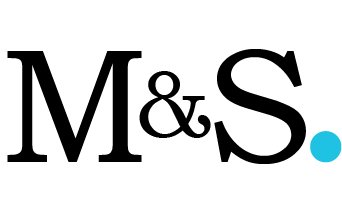ISO 14064-1 vs. GHG Protocol Corporate Standard
Two of the most common organisational greenhouse gas reporting standards are the ISO 14064-1 and the GHG Protocol Corporate standard. This article offers a summary of the key differences.
Structure and Framework
GHG Protocol Corporate Standard
The GHG Protocol provides a step-by-step process with clear guidance for categorising emissions into Scopes 1, 2, and 3. It establishes detailed rules for boundary setting, data collection, and reporting, ensuring consistency across organisations.
ISO 14064-1:2018
ISO 14064-1 offers flexibility in methodological choices as long as they meet the criteria for relevance, accuracy, completeness, consistency, and transparency. It aligns with other ISO Standards such as ISO 9001, ISO 14001 and ISO 45001 which is appealing for organisations that like to implement integrated management systems and leverage operational knowledge that goes beyond financial reporting systems.
Emission Scopes
GHG Protocol Corporate Standard:
The GHG Protocol introduces three distinct scopes:
Scope 1: Direct emissions from owned or controlled sources.
Scope 2: Indirect emissions from the generation of purchased electricity, steam, heating, and cooling.
Scope 3: All other indirect emissions occurring in the value chain of the organisation, including upstream and downstream activities.
ISO 14064-1:2018
ISO 14064-1 uses the concept of ‘direct’ and ‘indirect’ emissions but does not rigidly define them into specific scopes, and instead assigns categories 1 to 6. Organisations can categorise emissions based on their relevance and context, which offers greater flexibility. However, many ISO reporters use the GHG Protocol Scope 3 categories to communicate their emissions.
Application and Assurance
GHG Protocol Corporate Standard
The GHG Protocol does not inherently require third-party verification but provides a framework for self-reporting and corporate transparency. Verification can be added optionally based on organisational needs or external requirements.
ISO 14064-1:2018
ISO 14064-1 is designed to support third-party verification and assurance. It outlines specific principles and requirements to enhance the credibility of GHG reporting, which is particularly useful for regulatory compliance or certification purposes. The assurance requirements are outlined in ISO 14064-3 and the competency of the assurance team is documented in ISO 14066.
Flexibility vs. Prescriptiveness
GHG Protocol Corporate Standard
The GHG Protocol provides more prescriptive guidelines, particularly for categorising emissions and establishing organisational boundaries. This consistency makes it easier for stakeholders to compare emissions across companies.
ISO 14064-1:2018
ISO 14064-1 allows organisations to tailor their GHG inventory based on their specific operations, focusing on materiality and relevance. This flexibility can be advantageous for diverse industries and global operations. ISO have published guidance (ISO 14069) on the implementation of ISO 14064-1. In many cases, ISO reporters would use the GHG Protocol Scope 2 and Scope 3 guidance. The concept of avoided emissions is not addressed and the ISO standard is light on target setting and emission reduction.
Conclusion
Both ISO 14064-1:2018 and the GHG Protocol Corporate Standard offer robust frameworks for GHG quantification and reporting.
Organisations should assess their objectives, regulatory requirements, and stakeholder expectations when selecting a framework. In many cases, the two standards can complement each other, offering a comprehensive approach to managing and reporting GHG emissions.
The McHugh and Shaw team are experienced in auditing against both ISO 14064-1:2028 and the GHG Protocol Corporate Standard, and some of our clients choose to be audited against both.
Feel free to contact us at info@mchugh-shaw.co.nz to discuss your assurance requirements or request our free GHG Protocol Scope vs ISO Category Comparison Table. We have over 15 years of experience and complete ISO 14064-1, GHG Protocol, ISO 14067, Airport Carbon Accreditation, Eco Choice Aotearoa, Product Stewardship and Aotearoa New Zealand Climate Standard assurance.
Last Updated February 2025



